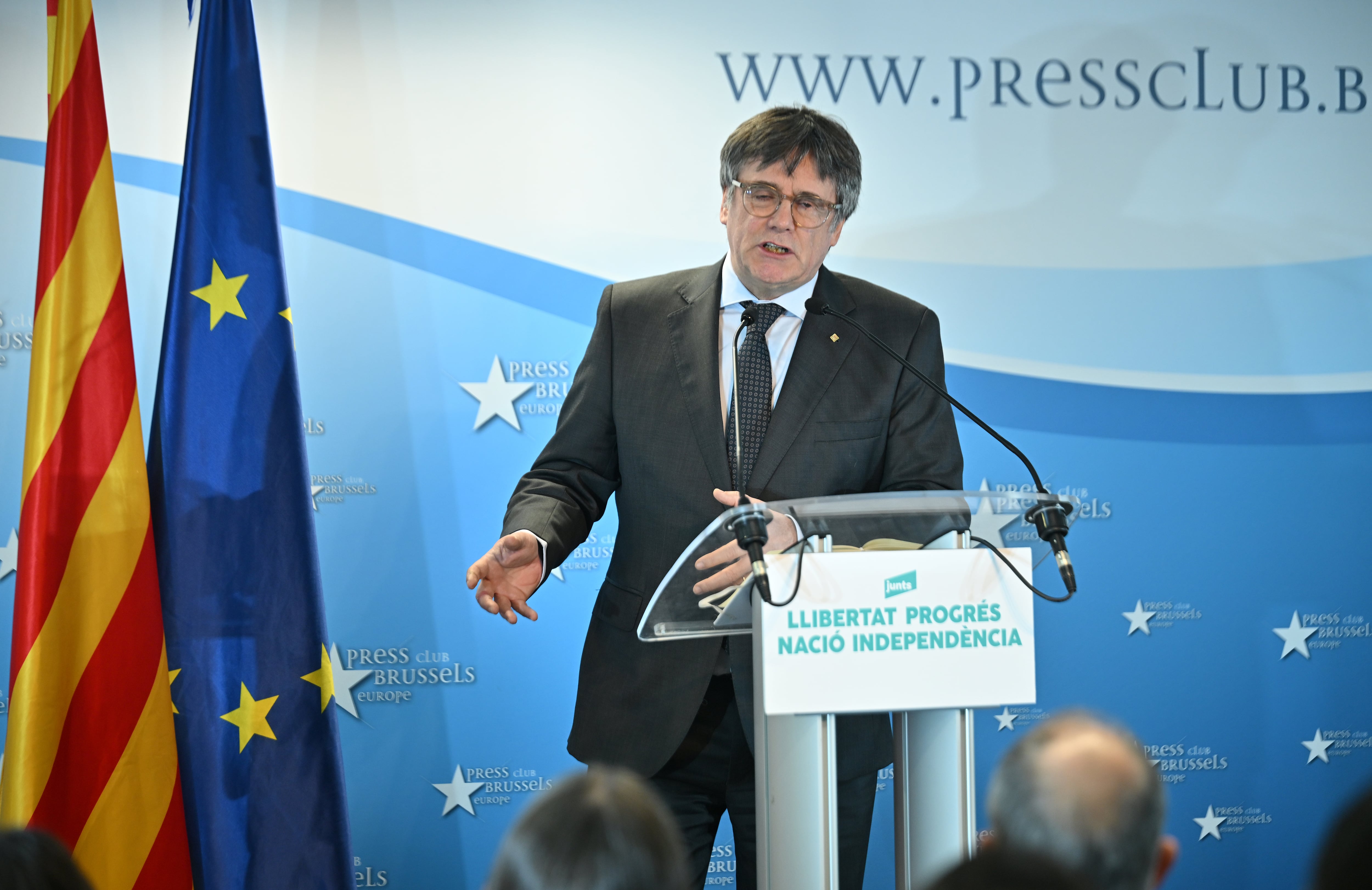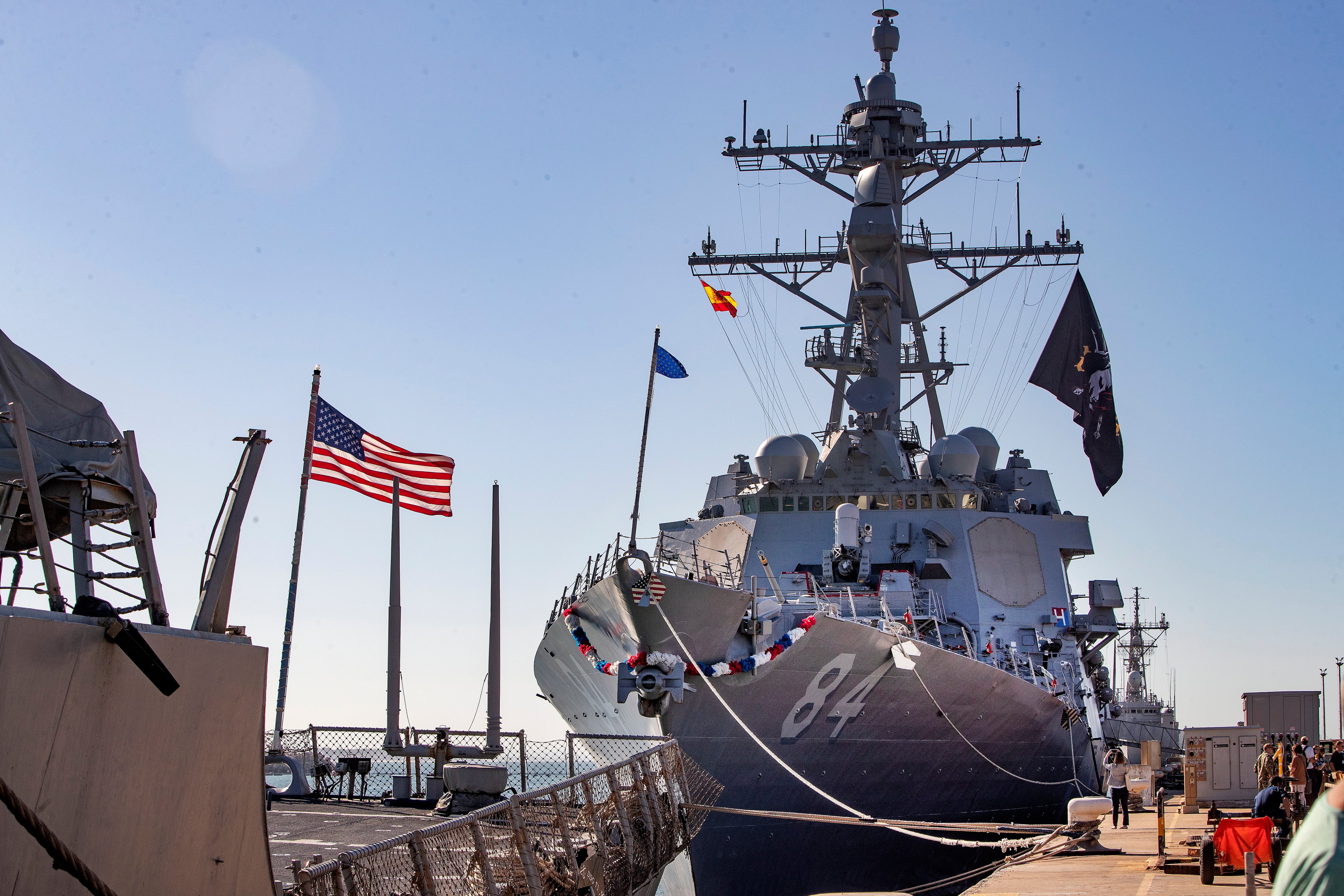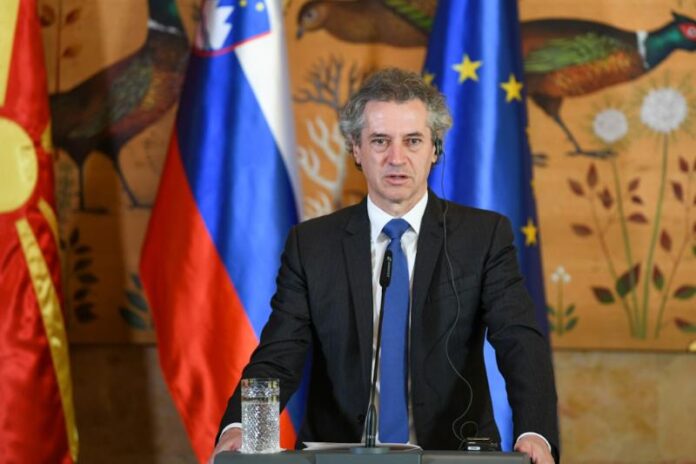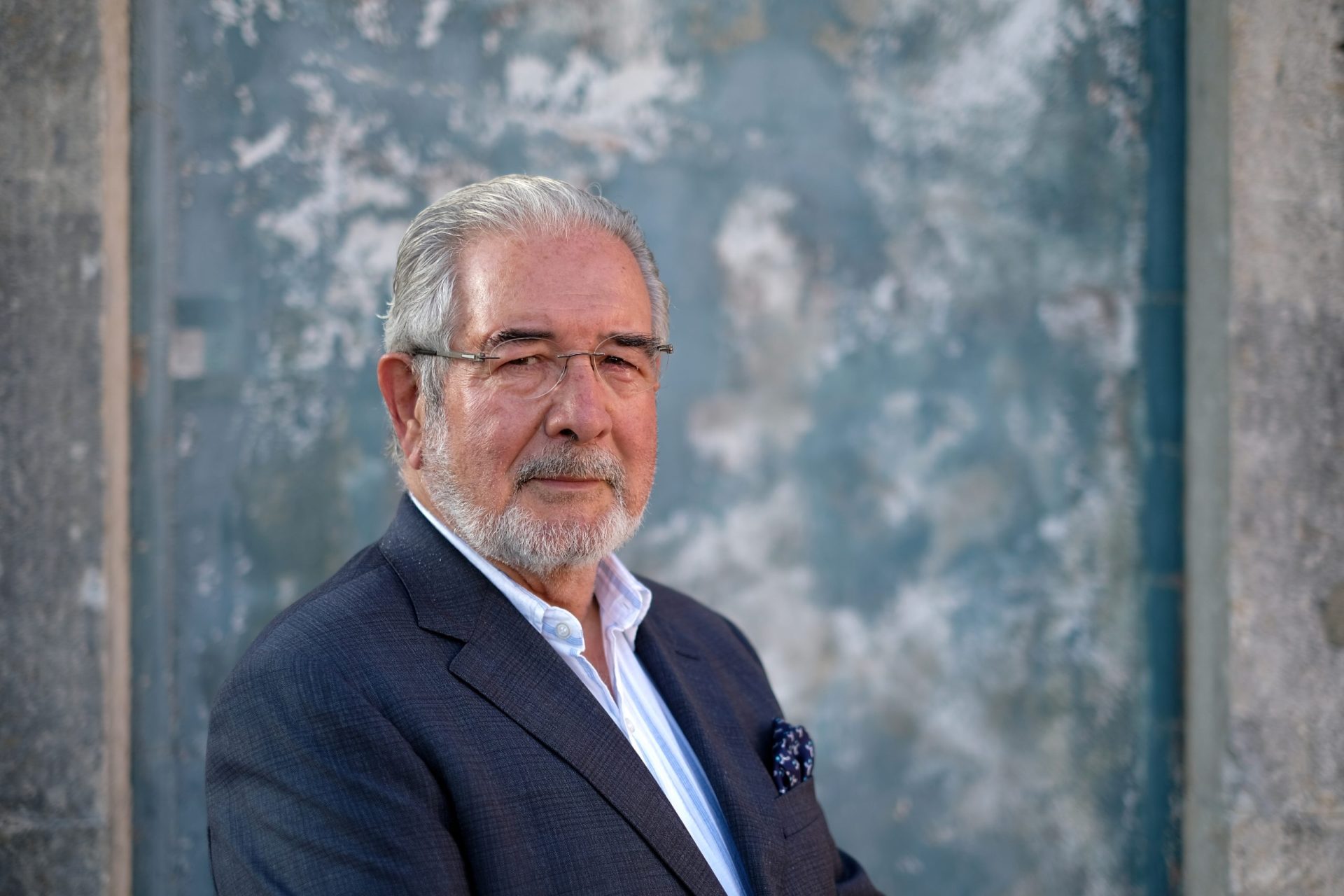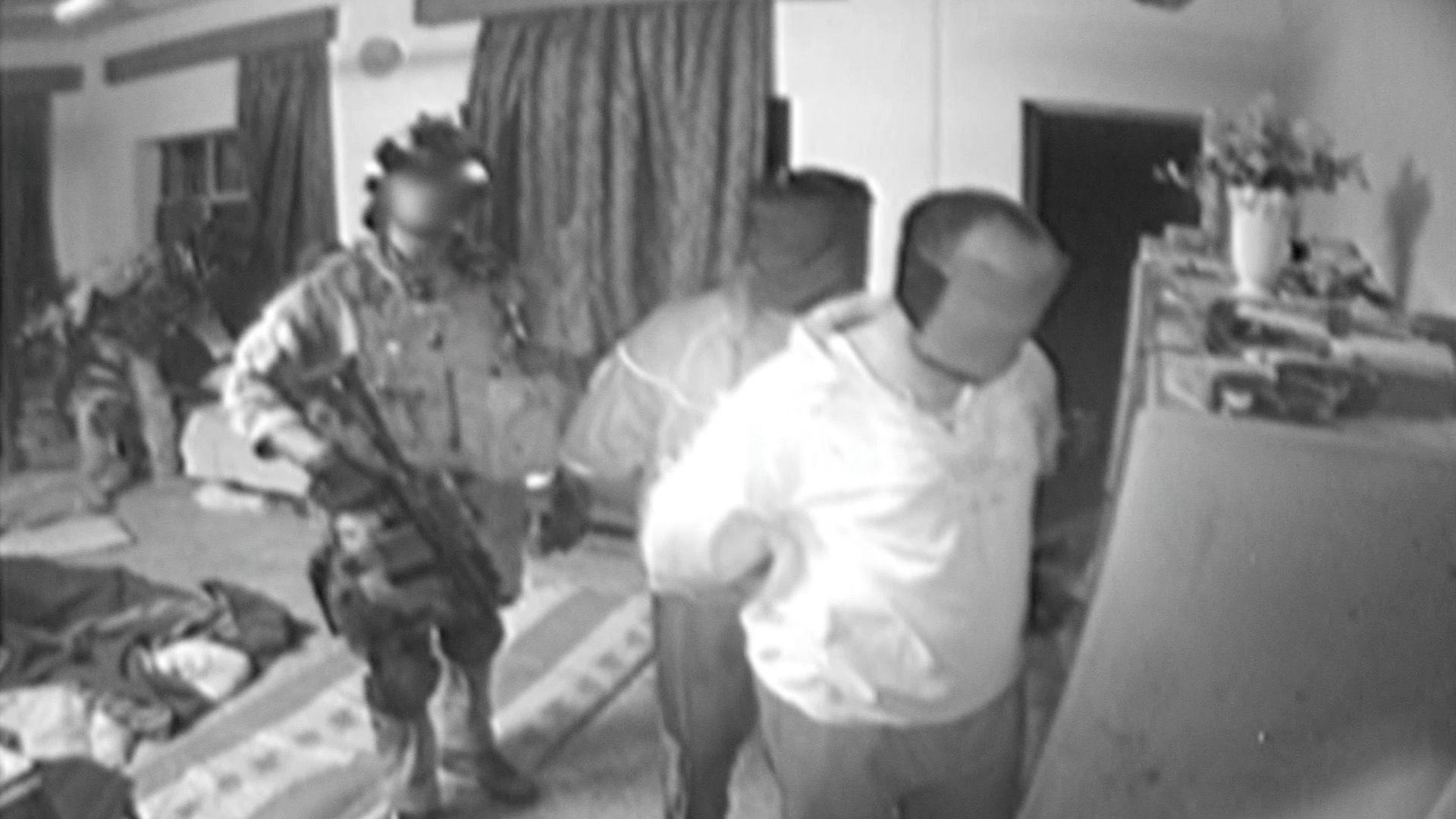The Spanish military industry prepares to digest a rain of millions after years of drought | Spain

Spain is the fourth EU economy and fifth in Europe. However, in the ranking Of the largest European military companies, the first Spanish is the public shipyard Navantia, in 21st position, whose billing does not reach 5% of the first, the British BAE. Among the first 100 arms companies in the world, according to the classification of Defense News, There are only two Spanish, Navantia and Indra, with numbers 74 and 86, respectively. The 13 is Airbus aeronautics, but just 4% of it is in Spanish hands.
The consolidation of a powerful national defense industry has not been a priority of successive governments in the first decades of this century. Between 2008 and 2018, military investment was frozen and the defense budget fell in real terms, which led many companies to the edge of star closure. Some of the main Spanish weapons companies were sold: Santa Barbara, the historic weapons manufacturer for the Army, to the American General Dynamics (2001): The ITP engines firm to the British Rolls-Royce (2016) and the ammunition expald to the German Rheinmetall (2023), among others.
The experts stress that Spain has a rich industrial defense fabric, with about 30,000 direct jobs, which in 2022 invoiced almost 7.5 billion euros, but is very fragmented, and more than 80% of the almost 400 companies that make it up are SMEs that dispute a national market until now and lack financial muscle to compete abroad, despite this, despite it 70% of its production is sold outside, which makes Spain the eighth world exporter of military material. In part it is due to the aeronautical sector, which invoices 60% of the total, while the assistant is the one that brings together more companies, 183.
The situation has begun to be reversed in recent years, with the approval of the Industrial Defense Strategy in 2023, when the military budget grew by 26%, and the creation of a General Directorate of Strategy and Innovation in the Ministry of Defense in 2024. “Perhaps the winning model for Spain is not to build a National Champion Based on acquisitions to gain scale, but act as a coordinated and collaborative industry at the European level ”, The consulting firm Accuracy points out. An easier recipe to prescribe than to apply.
On March 28, President Pedro Sánchez received in La Moncloa, separately, the main managers of defense and security companies, first, and spatial and telecommunications, later. He announced the government plan to reach 2% of GDP in military spending this year and urged them to invest to take advantage of the meteoric escalation of defense budgets throughout Europe.

The only businessman who repeated in both meetings was The new president of Indra, Ángel Escribano. The company that chairs Escribano (of which the Public Society SEPI has 28% and Amber Capital, the main shareholder, editor of El País, another 7.24%) is the government’s commitment to have a National Champion that can reach the same to the same with the European giants at the negotiating table. The Ministry of Defense entrusted Indra to lead Spanish participation in the FCAS program (future air combat system), the most ambitious European military project, for Airbus disgust; And he has taken control of Tess Defense, the consortium he manufactures The 8×8 VCR Dragon armor, with the commission of putting order in a contract that accumulates delays and breaches.
The idyll between Sánchez and Escribano began in 2020, when in full pandemic his factory of Alcalá de Henares (Madrid) It passed in record time to produce artillery pieces to respirators. At a time when countries jealously kept the teams on which the life or death of the sick depended and prohibited their sale to third parties, the need to have a flexible and autonomous industrial base was evidenced. The history of EM&E, the company of the Escribano brothers, Ángel and Javier, is that of a machining workshop inherited from the father and converted in a few decades in one of the defense leading companies. The brothers became the second highest shareholders in Indra and, last January, Ángel went on to preside over the technology with public participation.
His success has caused misgivings. The announcement that Indra studies absorbing the family business of its president (EM&E) is seen with magnifying glass in the sector and Gdels (General Dynamics European Land Systems)-Santa Barbara Systems He has flatly rejected his offer to buy the Trubia plant (Asturias). With the creation of Indra Land Vehicles, the Spanish technology wants to manufacture complete military vehicles, and not only components, in direct competition with GDELS-SANTA Bárbara, the European subsidiary of the American multinational with headquarters in Madrid. In addition, Indra plans to enter the construction of satellites, a field in which Spain is out of play, while the European Airbus, Thales and Leonardo advance in the fusion of their space businesses to compete with the American Space X, of the magnate Elon Musk.
GDELS-SANTA Bárbara, who was not invited to Pedro Sánchez’s meeting with the directors of the defense industry despite his traditional connection with the Army, has passed to the counteroffensive and has announced that he will present to the Moncloa Economic Office and the Ministry of Defense “An Industrial and Technological Plan for Spain aligned absolutely with the objectives set” by the Government. The president of Gdels, Antonio Bueno, has proposed to create a technological platform in Asturias, along with the other Tess Defense (Indra, EM&E and SAPA), for EU countries and NATO. In addition, he has started a round of meetings with the regional presidents of Aragon, Asturias and Andalusia, Jorge Azcón, Adrián Barbón and Juan Manuel Moreno; and has signed the Iván Redondo communication agency, right hand of Pedro Sánchez in La Moncloa until July 2021.
The Industrial and Technological Plan for Security and Defense, informed on April 22 by the Council of Ministers, It plans to inject 10,471 million euros to reach 2% of GDP in military spending this year, advancing in four the planned date. The plan includes a game of 3,807 million to launch 31 new modernization programs of the Armed Forces, which will be added to the 56th in progress. 57.3% of the funds will be dedicated to industrial and technological investments; 80% will be spent in Spain and 90% in the EU, according to the Government.
Experts doubt that such a bulky budget can be executed in just over half a year. To the bureaucratic processing of contracts, the need for companies to prepare technologically to assume orders, opening new production lines or gaining capacities that they lack. After years of anemia, orders now accumulate, with long waiting lists to buy missiles or ammunition. For the military industry, the years of fat cows have arrived: according to a recent poll to managers of the sector carried out by infodefensa, almost 60% have “very positive” expectations about the evolution of their company in the coming years; The rest, « moderately positive. » There are no agorers anymore. As of this Monday, for three days, The fourth edition of the International Defense Fair (Feindef) He will gather in Madrid 500 exhibitors with the latest military novelties. A third of them have come from outside Spain, five times more than in the last edition, two years ago.


